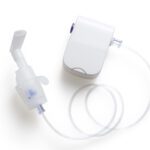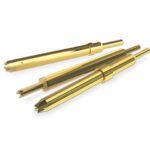Cable Connectors for Ultrasound Probe Assemblies
Ultrasound equipment requires components that can deliver reliable connectivity under extremely demanding conditions, including rough use environments, harsh sterilization techniques, and repeated mating cycles.
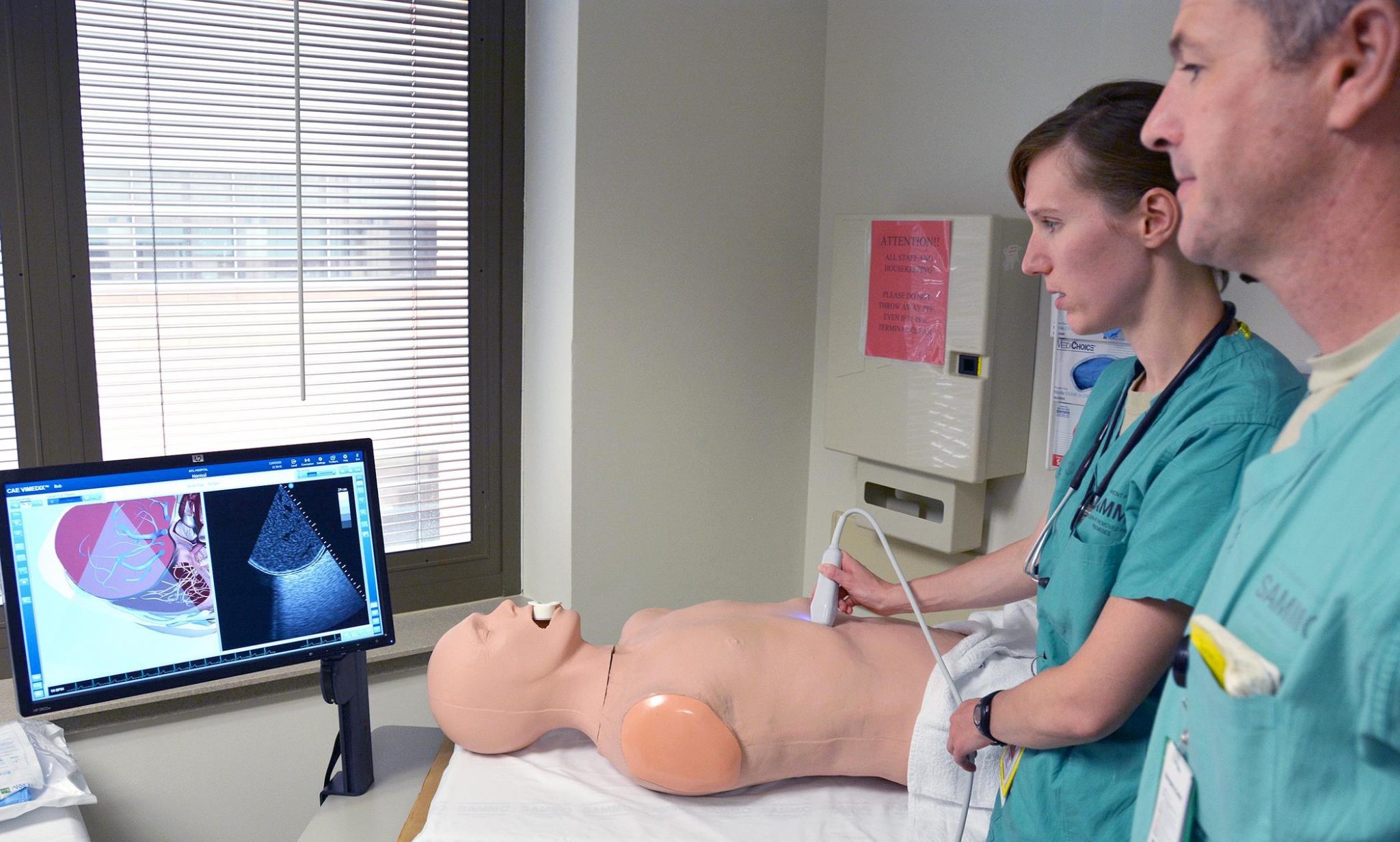
San Antonio Military Medical Center Department of Emergency Medicine Air Force Capt. (Dr.) Erin Hanlin and Dr. Jeremiah Johnson practice using an ultrasound 3D simulator at the Brooke Army Medical Center, Fort Sam Houston. (Photo by Robert Sheilds)
Medical connectors and cables are essential components in digital medical technologies such as ultrasound equipment. Ultrasound probe cable assemblies typically use fine-gauge micro-coaxial cable ranging from 42–36AWG to reduce equipment weight and size and support cable flexibility. These impedance-controlled micro-coaxial wires transmit signals to and from the emitter/sensor on the ultrasound probe, so their signal lines are shielded to prevent EMI and crosstalk and ensure the generation of clean images. A single ultrasound probe assembly can have up to 192 or more individual coaxial wires, so managing these many wires is a significant design issue.
Solutions include direct termination of the cable to paddle cards and then board-to-board connectors or direct termination to other connector types. Paddle cards are small PCBs designed for direct wire termination, but often have a board-to-board connector on the other side of the card, allowing the paddle card to make the connection between the wires and the connector. Other connector types can terminate the wires directly, without the PCB paddle card. Micro-coaxial cable connectors, for instance, have a modular construction that not only supports direct termination, but also allows the probe assemblies to be made in pieces and then assembled, which — in the case of rework or repair — can significantly minimize production slowdowns and help manage overall costs.
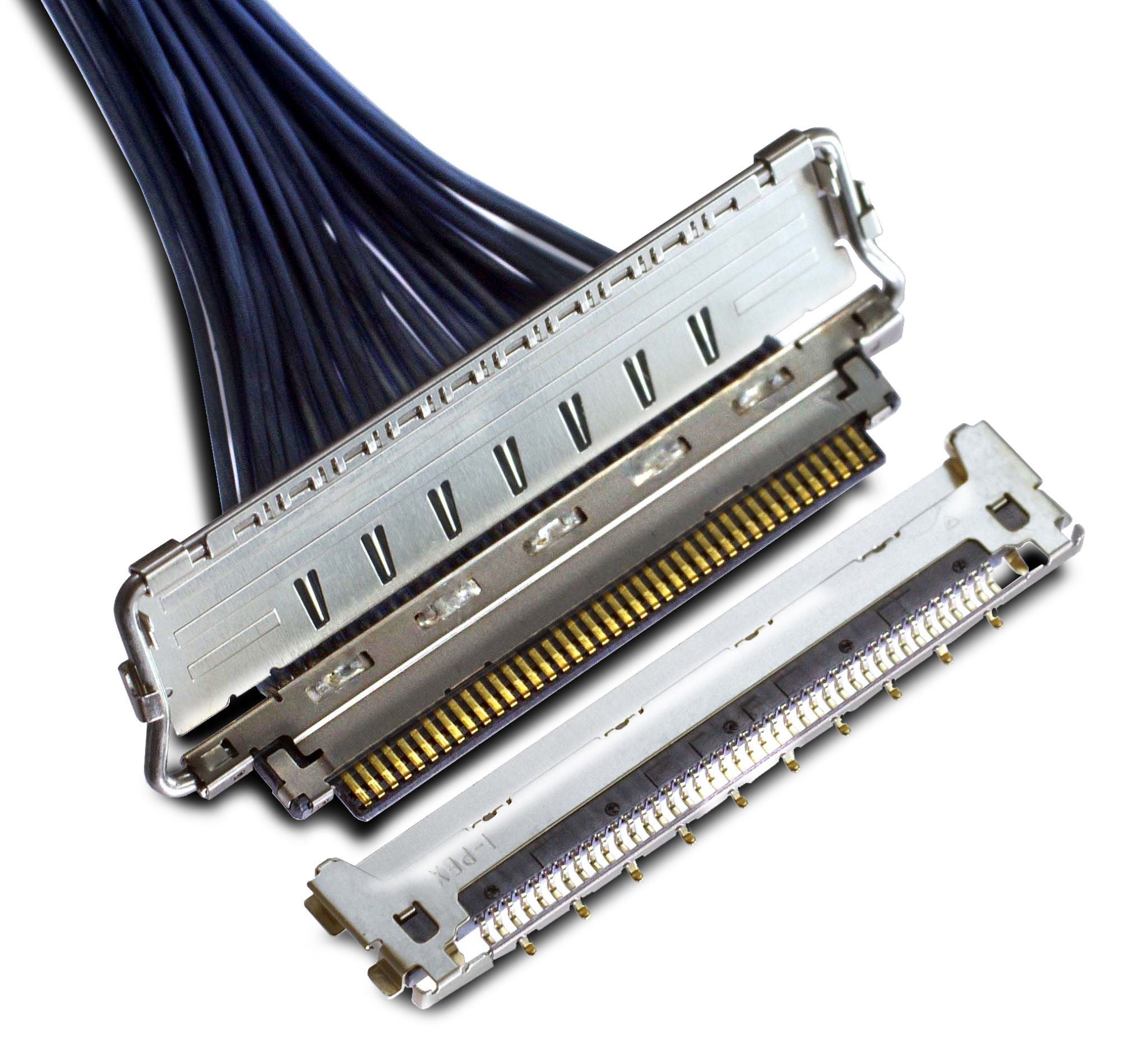
I-PEX® CABLINE®-CA II Micro-Coaxial Wire-to-Board Connectors have a miniature 0.4mm pitch, a low 1mm (±0.1mm) mated height, 360° shielding, a multipoint ground design, and a secure locking cover. These connectors deliver 20Gb/s per lane with high signal integrity, which makes them ideal solutions for high-data-rate applications such as ultrasound probe assemblies.
Internal connectors can include multiple low-pin-count connectors, but a high-pin-count connector is required for the plug end of high-signal-count ultrasound probe assemblies. The challenge that typically accompanies high-pin-count connectors is increased insertion force. In medical settings, personnel need to be able to exchange one probe assembly for another quickly and easily, depending on the imaging task they’re performing. High-pin-count connectors designed to require lower insertion force can make these systems much easier to use and reconfigure.
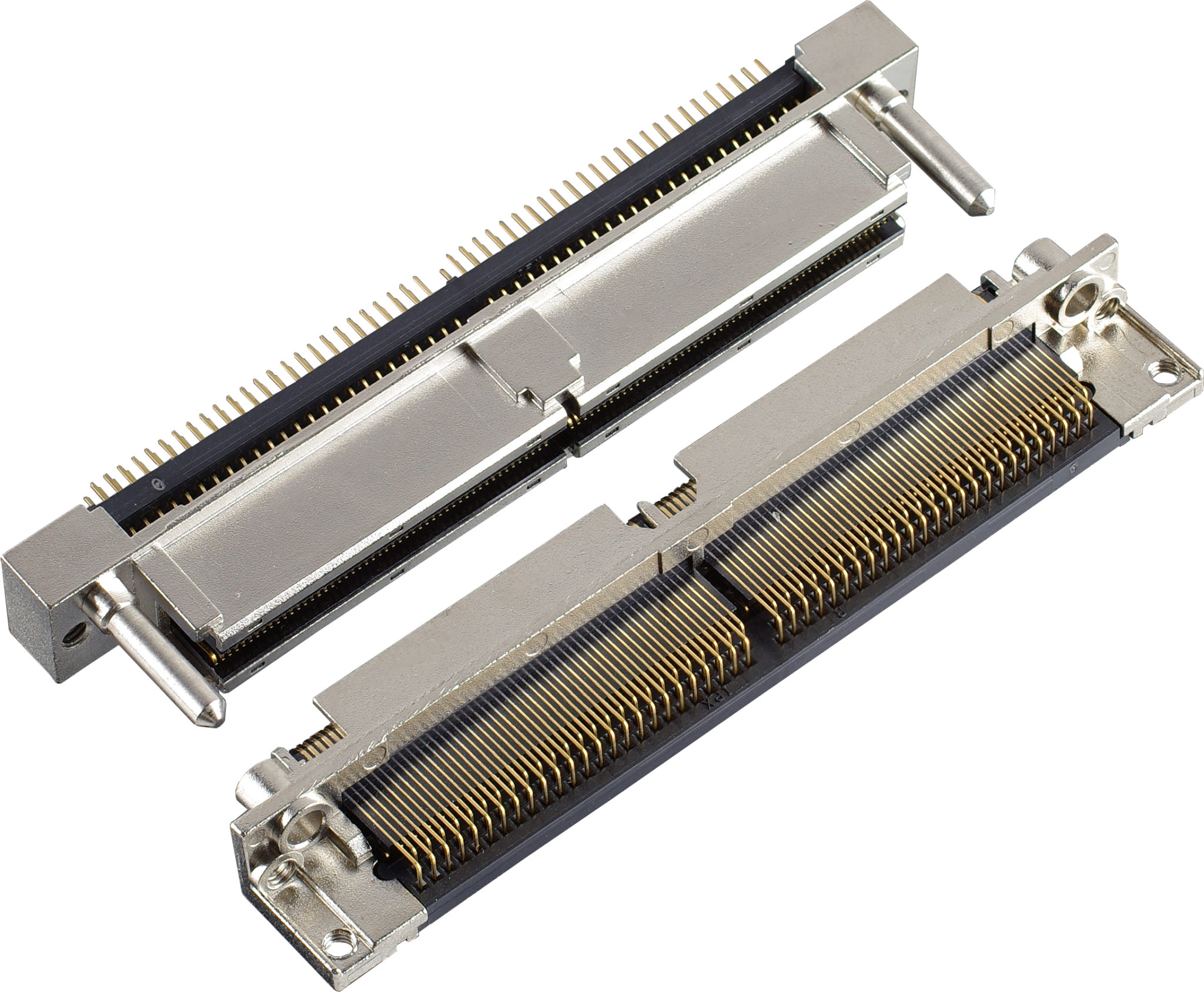
I-PEX® MINIDOCK® Series Connectors are optimized for use in rugged docking applications and ruggedized applications with low-insertion-force cable plug terminations, like the cable plug mating end in ultrasound probe assemblies. They have rugged die-cast bodies with generous lead-in, integrated guidance hardware, and optional sealing against moisture intrusion, and support up to 20,000 mating cycles.
Ultrasound sensors are typically made with piezoelectric crystals mounted to flex circuits. The signals transmitted to and from the crystal travel through the flexible circuit to the micro-coaxial cable. Small micro-coaxial connectors are often used to ease the construction of the flex assembly and then separate the construction of the micro-coaxial cable assembly, bringing the two parts together at the final assembly. The opposite plug end can be handled similarly, with cable termination connectors, a PCB, and another connector for the plug interface. Alternately, the cable can be directly bonded to the PCB, where the mating connector is also soldered. This assembly can then be overmolded and equipped with latching hardware for enhanced security.
Some ultrasound assemblies are subject to autoclave sterilization, where the assembly is exposed to high temperature, high pressure, and high humidity. Connector and cable materials that are designed to withstand repeated autoclave cycles enable expensive ultrasound sensors to be fully sterilized between uses.
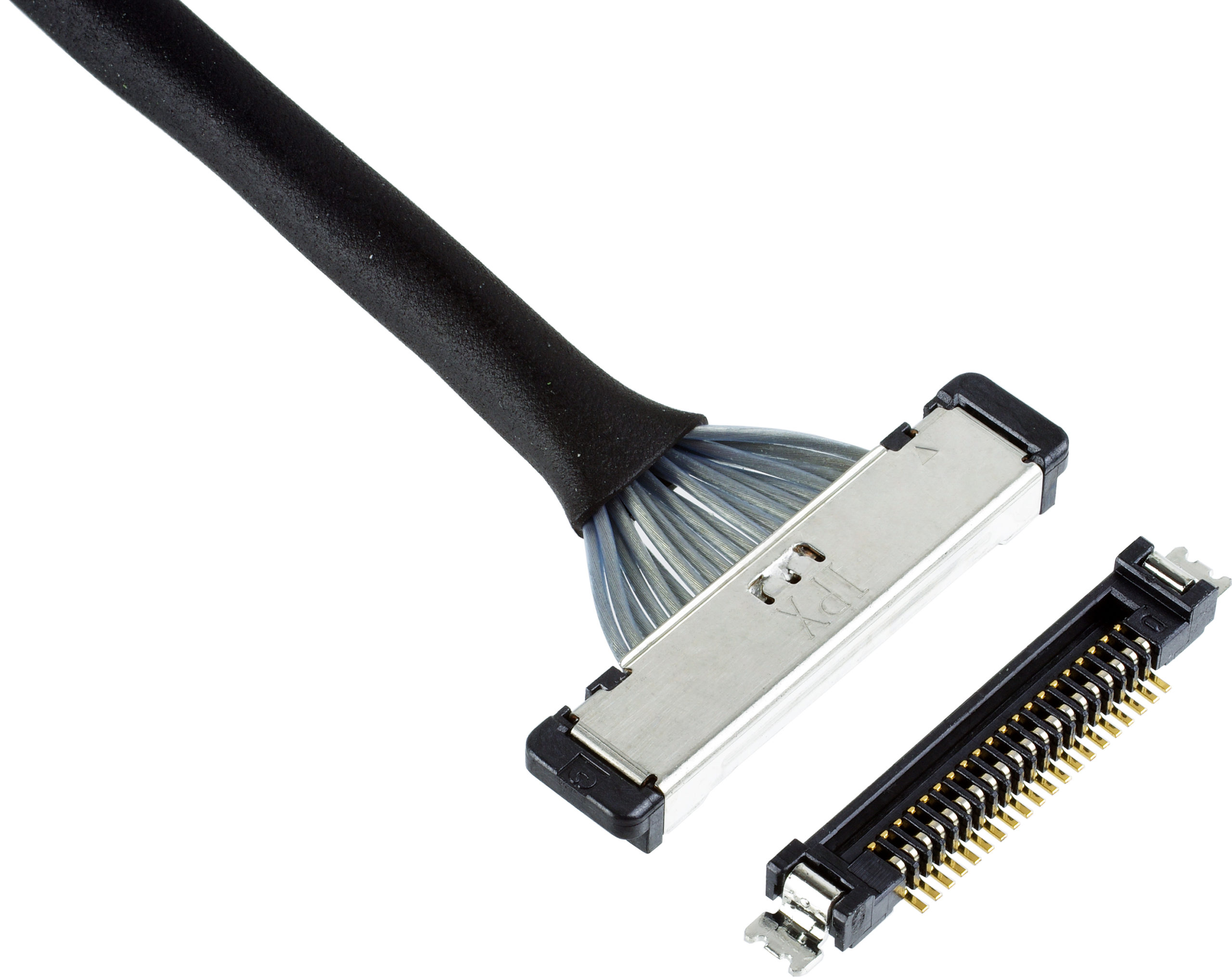
I-PEX® CABLINE® SS Connectors are designed to withstand autoclave processes.
Ultrasound equipment designers have several suitable connector options available to them, but the performance requirements are absolute. Ruggedness, ease of use, reliability, good signal integrity, and high mating cycles are critical. After that, it is a matter of optimizing selections to best suit individual application demands and balancing product performance with manufacturability.
Visit I-PEX Connectors online.
Like this article? Check out our other Connector Basics, ruggedized and cable assemblies articles, our Medical and Wire & Cable Assemblies Market Pages, and our 2021 and 2020 Article Archives.
- Cable Connectors for Ultrasound Probe Assemblies - April 13, 2021

